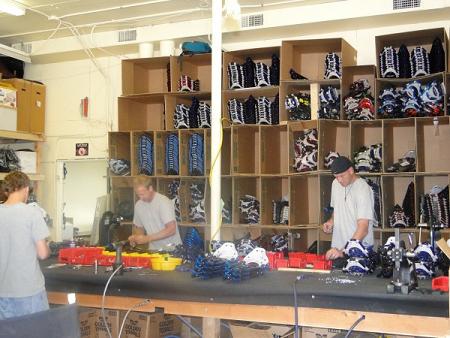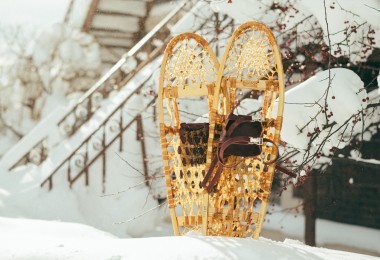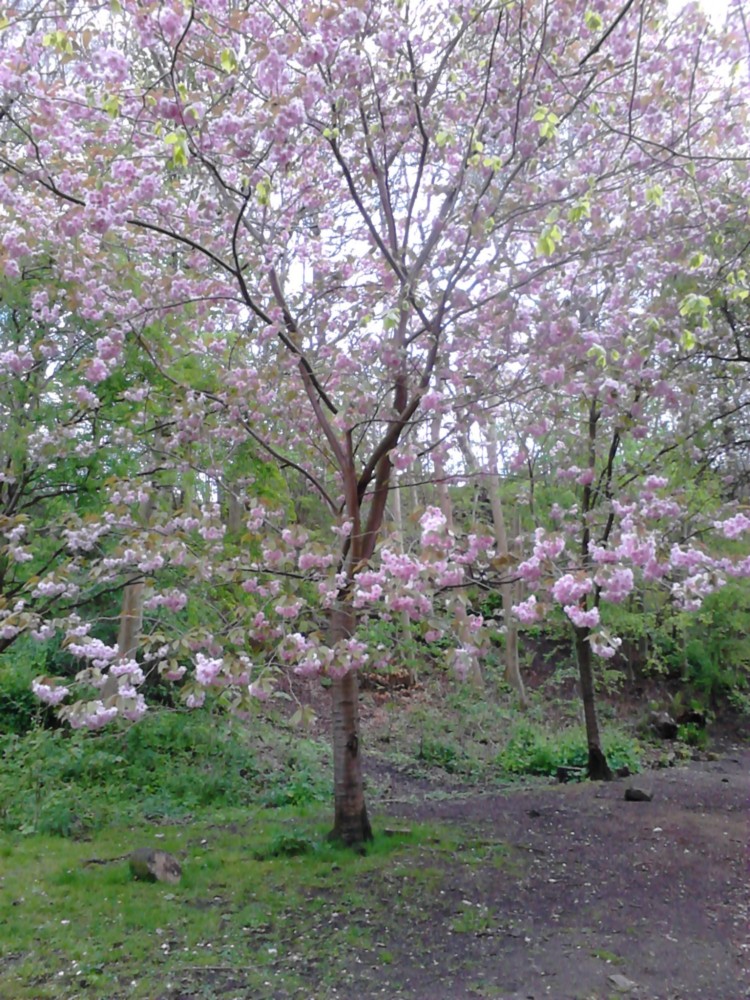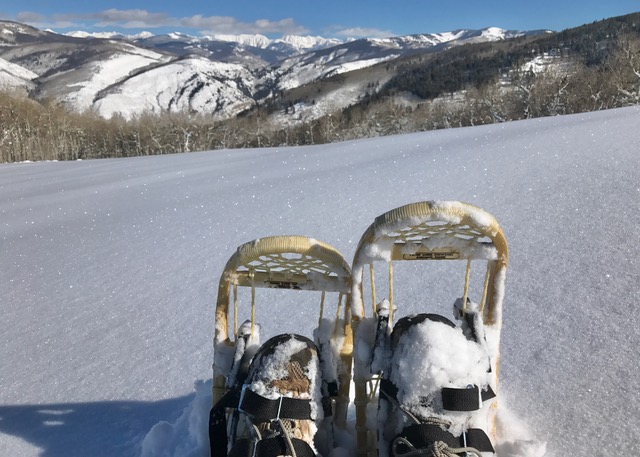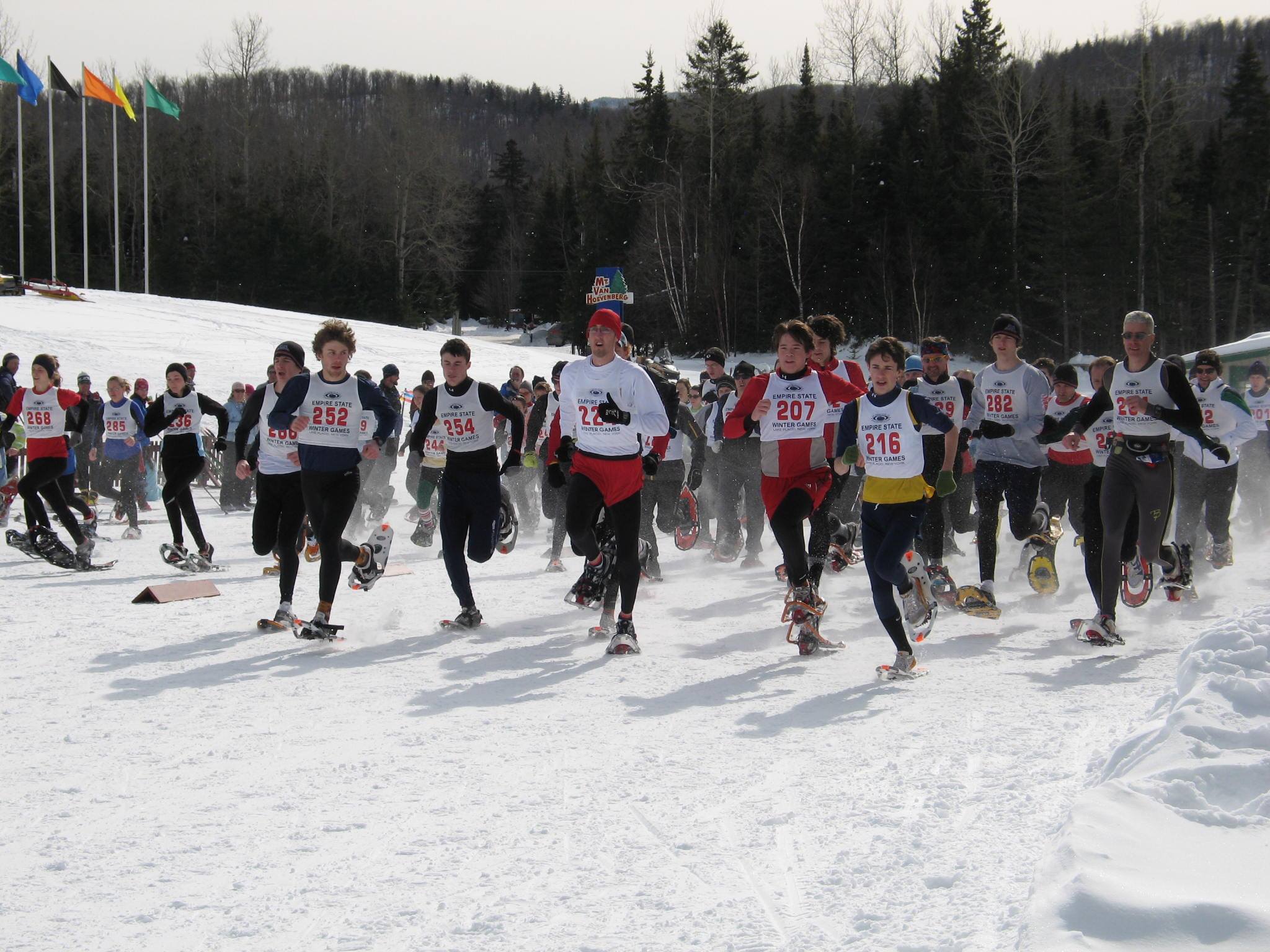Sometimes it seems like only cars and couches are made in America anymore.
Oh, and Crescent Moon snowshoes.
Based out of Boulder, Colo., Crescent Moon has been designing and building snowshoes in the Mile High State since 1998, growing from just three models to more than a dozen today. And, despite shipping some 20,000 sets of shoes in 2009, the company is an unashamedly small enterprise, occupying a cramped industrial space that’s packed floor to ceiling (literally) with shipping boxes, inventory and snowshoes in various states of repair.
“We ship daily,” company co-founder Jake Thamm says, pointing to a colorful stack of retail-ready shoes resting neatly on an oversized wooden table, “which means we can operate with very little storage space. That helps keep our cost of goods down and allows us to stay competitive.”
But why start, and keep, a manufacturing business in Colorado in this age of off-shoring and cost controls? Because it matters to Thamm and is a central part of his business philosophy.
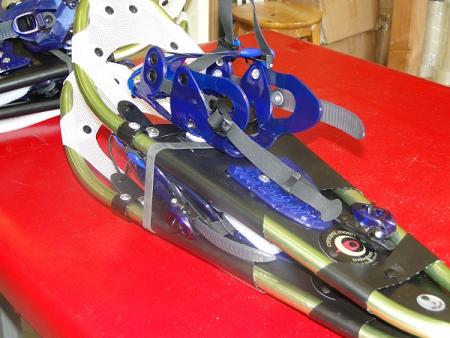
“We really do want to be a U.S.-based entity,” he says. “I think it’s important. We probably could do it for less in China, but if you can do it here, and do it green and do it better, that can set you apart from the competition. We just hope that it’s a meaningful distance.”
Part of this U.S. focus also has to do with control. Not only does keeping manufacturing at home allow Thamm and Co. to support the Colorado economy, the set-up better enables the company to control product quality and maintain its commitment to environmentally friendly business practices.
“Since snowshoes are something that you use outdoors, we don’t want to make a product that contributes to environmental damage,” Thamm says, explaining that the company makes use of wind power, doesn’t use any PVC and recycles 100 percent of its waste. “We’re trying to make a product that does no harm.”
Company History
Oddly enough, Crescent Moon as a snowshoe company got its start with a closet rack.
Back in the early days, Thamm and wife Tamara Lang owned a business making racks for golf clubs, skis and other sporting goods. Not surprisingly, they sold pretty well in New York City and other cramped locales, but Thamm was convinced that there was a larger market out there for their skills with extruded aluminum and molded plastic.
“We caught the snowshoe buzz in the early 90s and we realized that there was an opportunity for us there because of our familiarity with the manufacturing process and the new binding that my wife designed,” he explains.
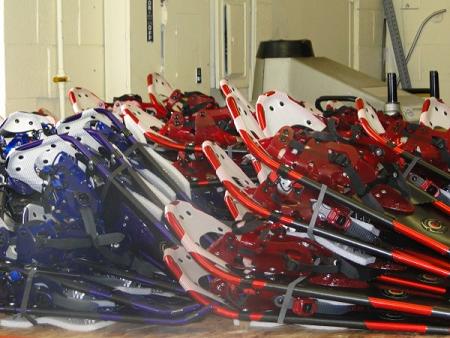
But, as with any business, Crescent Moon has faced its share of ups and downs. On paper it has been steady – in its dozen years in existence, the company has averaged 8-10 percent annual growth – but it’s the intangibles that make survival in the sporting goods segment a tricky business.
“You know, the category vacillates,” Thamm says. “One year is good and the next year is not; there’s just no solid up trend because snowshoeing is so dependent on weather and the economy.”
Fighting the Downturn
That’s to say nothing of the prospect of selling a set of $200-plus snowshoes in the middle of an economic meltdown.
“In a recession you always worry, but we grew 25 percent last year. What we discovered was that $250 for snowshoes really wasn’t too much of a big thing. A family could spend $1,200 to ski in Vail for the weekend, or spend $500 to get the family set up with snowshoes, which would last much longer than one weekend. You know, it’s not like buying a second home.”
In fact, over the past two years Crescent Moon’s sales actually grew 20 percent annually in the midst of one of the worst economic downturns since the 1930s, and Thamm expects the company to post another 20-plus percent growth year in 2010.
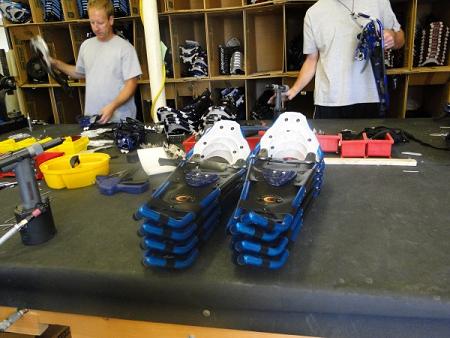
“The thing about snowshoeing is that everything you always hear about is true: It’s really accessible, there’s really no learning curve, you don’t need much extra equipment and, depending on where you live, you really can do it right out the backdoor. Best of all, a lot of people are still new to the sport, so the category is still growing.”
As if looking for concrete proof of this fact, Thamm pulls a set of Crescent Moon Gold 10s off of the inventory pile. It’s a big shoe – much bigger than most recreational users would have sought out five to 10 years ago – but it is now the company’s most popular model “by far” (20 percent of total sales kind of popular) and is emblematic of what Thamm says is happening in the sport.
“Snowshoeing itself has become more than just a walk in the park; it’s becoming more of a sport. And, as people start going off trail out in the woods, they need a larger platform to get where they want to go.”
Looking Ahead
As far as Crescent Moon itself is concerned, growth these days is synonymous with expansion. The company, which currently sells the majority of its snowshoes via independent retailers in the U.S. Midwest and New England, has its sights set on the Northwest – Washington, Oregon and British Columbia, specifically – along with further growth in Europe, where many of its competitors are particularly strong.
Ever the optimist, Thamm also likes the sport’s chances in the long run.
“As long as there’s snow I think people will always get out and try to do something recreational in it. We just hope that something is snowshoeing.”
For more information about Crescent Moon snowshoes, visit http://www.crescentmoonsnowshoes.com.
